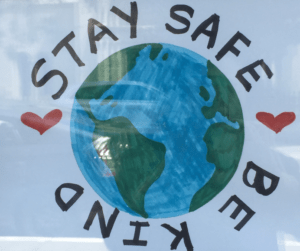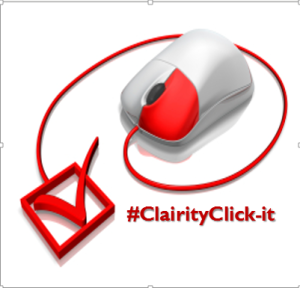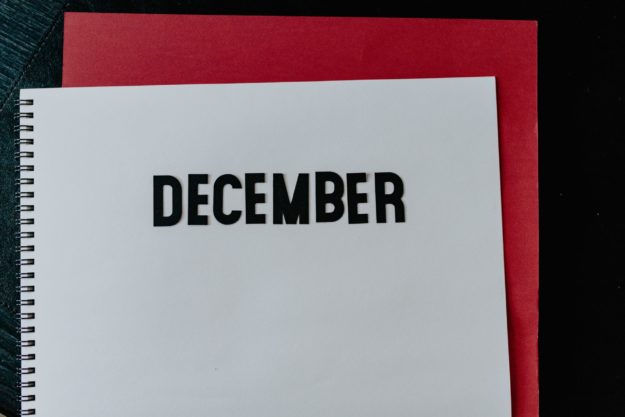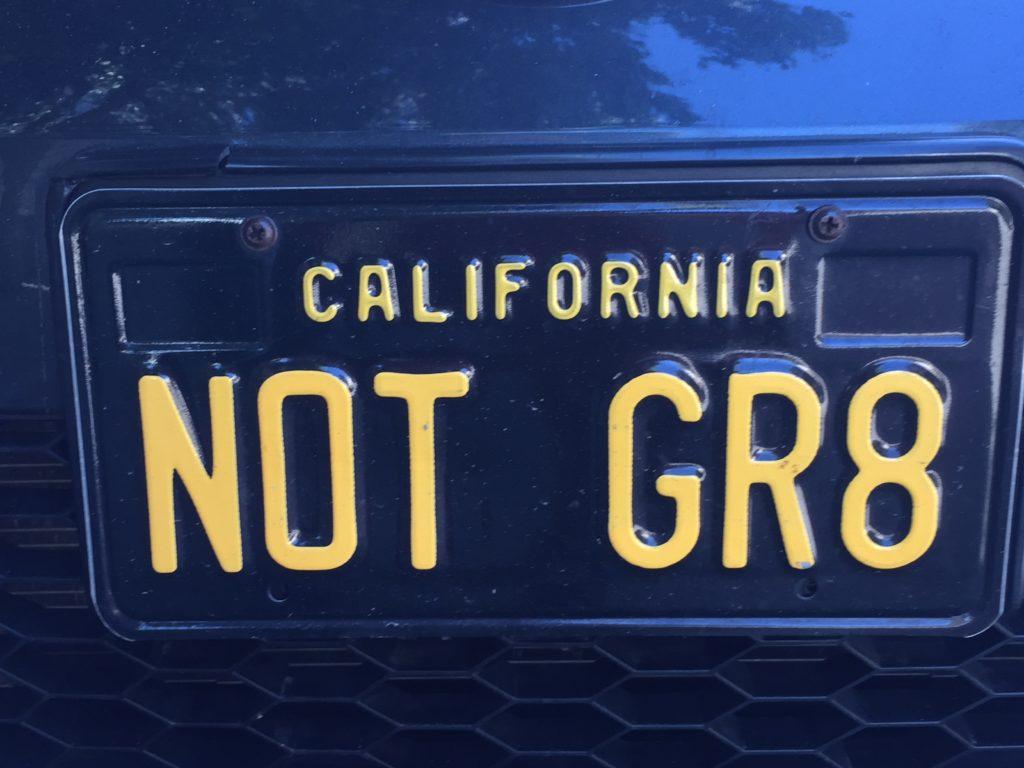
Getting in the spirit of acts of kindness
It’s been a rough decade thus far, beginning with a pandemic out there killing people. And then the hurricanes, fires, floods and earthquakes killing people. Not to mention the genocides, autocracies, global and domestic terrorists killing people. The list, unfortunately, goes inexorably on.
What can your nonprofit organization do to offer a remedy?
Kill ‘ em with kindness.
I’m talking about your supporters, of course.
In order for people to do good they have to feel good.
Seriously, philanthropy takes energy. It takes the ability to step out of one’s day-to-day grind and think about someone, or something, else. And it’s more difficult than usual for folks to find this generous space right now.
You can help.
Make this the true giving season.
I often say “If you want gifts you must give them.”
Maya Angelou says “People will forget what you said, people will forget what you did, but people will never forget how you made them feel.
Let’s talk about what you can give – as nonprofit staff and board members — to create happier supporters.
Notice a lot of folks saying “This has been a bad year?” People can use a bit of cheer. They’re tired of doom and gloom.
Remember when “random acts of kindness” was a thing? People would buy a coffee for the person behind them in line. Or they’d pay the bridge toll for the next car. Their reward was simply imagining the unexpected delight their gift would give to someone that day. Ever have it happen to you? Ever try it?
Now’s your chance!
I’d like to suggest practicing some creative planned (seemingly random, but not really) acts of kindness.
Something to bring your donors and volunteers a bit of good cheer. It can be as simple as letting them know what they did to change someone’s life for the better. Or it can be a modest, human gesture showing them how grateful you are for their support. This is something you can have fun with. And the rewards will be huge, both for you and your donors.
10 Acts of Donor Kindness For Today, and Beyond


 When I think about nonprofit content marketing, one of my favorite marketing strategists is Jay Baer, author of
When I think about nonprofit content marketing, one of my favorite marketing strategists is Jay Baer, author of 









 Resist the temptation to throw your hands up in the air because you’re hearing people are giving less now. While it may be true(ish), it doesn’t apply to everyone. And it doesn’t need to apply to your nonprofit.
Resist the temptation to throw your hands up in the air because you’re hearing people are giving less now. While it may be true(ish), it doesn’t apply to everyone. And it doesn’t need to apply to your nonprofit.


 Please don’t leave your new (or old for that matter) board members dangling!
Please don’t leave your new (or old for that matter) board members dangling!
 In my last article I talked about
In my last article I talked about 
 Twice at the end of last calendar year I was asked for a major gift.
Twice at the end of last calendar year I was asked for a major gift.
 For good things once a year is not enough. Why do so many of us only eat turkey once a year?
For good things once a year is not enough. Why do so many of us only eat turkey once a year? 


 What if I told you there’s a teensy little digital upsell that could skyrocket your year-end fundraising results? Would that be of interest?
What if I told you there’s a teensy little digital upsell that could skyrocket your year-end fundraising results? Would that be of interest?
 This Thursday folks in the United States will celebrate what I consider to be the social benefit sector holiday of the year.
This Thursday folks in the United States will celebrate what I consider to be the social benefit sector holiday of the year.
 You asked a bunch of folks to give a year ago. Some did.
You asked a bunch of folks to give a year ago. Some did.






 You are if your modus operandi is fire fighter.
You are if your modus operandi is fire fighter.




 Studies show
Studies show 



 Have you started working on your annual appeal and year-end fundraising plan?
Have you started working on your annual appeal and year-end fundraising plan?
 Your nonprofit’s story is the whole ball of wax.
Your nonprofit’s story is the whole ball of wax.
 I’ve taken to including a series of “DO’s” and “DON’Ts” for all sorts of fundraising and nonprofit marketing messages over the past several years. My purpose is not to shame anyone, but simply to provide educational moments offering example-based food for thought as you craft your own appeals, thank you’s, reports and more.
I’ve taken to including a series of “DO’s” and “DON’Ts” for all sorts of fundraising and nonprofit marketing messages over the past several years. My purpose is not to shame anyone, but simply to provide educational moments offering example-based food for thought as you craft your own appeals, thank you’s, reports and more.
 You’ve got one month before fall fundraising season begins in earnest.
You’ve got one month before fall fundraising season begins in earnest.
 What I have for you is something you can do this week (or you can pick another week on your calendar that isn’t already overfilled with appointments, assignments, meetings and what-not). It’s really simple and really powerful. There’s one catch: you have to put aside 45 minutes/day for five days. If you’re resistant to change, read no further. This post isn’t for you. If, however, you have a hunch you might be able to move from good to great, then… read on (oh, and there’s a little bonus ‘gift’ at the end).
What I have for you is something you can do this week (or you can pick another week on your calendar that isn’t already overfilled with appointments, assignments, meetings and what-not). It’s really simple and really powerful. There’s one catch: you have to put aside 45 minutes/day for five days. If you’re resistant to change, read no further. This post isn’t for you. If, however, you have a hunch you might be able to move from good to great, then… read on (oh, and there’s a little bonus ‘gift’ at the end).
 Orientation matters; otherwise, everything can become unbalanced and out of whack.
Orientation matters; otherwise, everything can become unbalanced and out of whack.

 People are unpredictable sometimes. They’re also predictable.
People are unpredictable sometimes. They’re also predictable.

 I know you’re working on calendar year-end fundraising right now.
I know you’re working on calendar year-end fundraising right now.